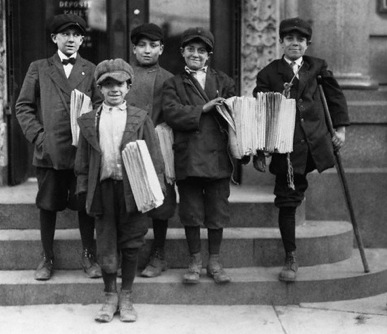Like many others, I followed news of the destruction of Joplin, Missouri, on Twitter. A tornado destroyed most of the southeast Missouri town and almost immediately videos and photos began showing up on YouTube, Facebook and Twitter.
It brought back memories of my radio days.
Our station had an old Army surplus radar that gave us something of a competitive edge when it came to storm coverage. We also relied on news from the National Weather Service that came in on a teletype. And the local weather spotters who radio’d eyeball reports in.
Then one night a big storm hit and I scurried out to the station only to discover power from the city was out. But we were able to broadcast thanks to a generator that just ran our transmitter and one studio. No radar, no teletype, zip.
So I started taking phone calls from listeners who described what was happening where they were. We did that for most of an hour.
Most old radio guys have lots of stories like that. Bad weather was radio’s time to shine.
When I started working for a statewide radio network in 1984, it was frustrating not to be able to talk directly to the listeners, especially when a big story –like a tornado– was breaking. We only got on the air if our affiliates chose to put us on the air.
Same deal for covering the story. If the story was hundreds of miles away, we had to rely on our affiliate stations to send us reports we then put on the statewide network. And many of them did/do a remarkable job.
Assuming the radio stations in Joplin are on the air, our newsroom was probably getting reports last night.
This is what I was thinking about last night as I watched my twitter feed fill up with links to video and photos and first-hand accounts of the “devastation” (a term that has now been used so many times as to be almost meaningless).
At least two of our reporters –one in Missouri and one in Wisconsin– were re-tweeting reports about the big storms in their respective states. I was glad to see that and not very worried about the accuracy. The sources they were re-tweeting were credible.
It reminded me of a story about the BBC which has “a special desk that sits in the middle of the newsroom and pulls in reports from Twitter, Facebook, Flickr, YouTube and anywhere else it can find information.”
Whatever the disaster… natural or man-made… someone is there with a video camera and within minutes the story is being “reported.” What this means for ‘traditional’ news organizations like ours is still being worked out but it’s clear it will never be like it was.



